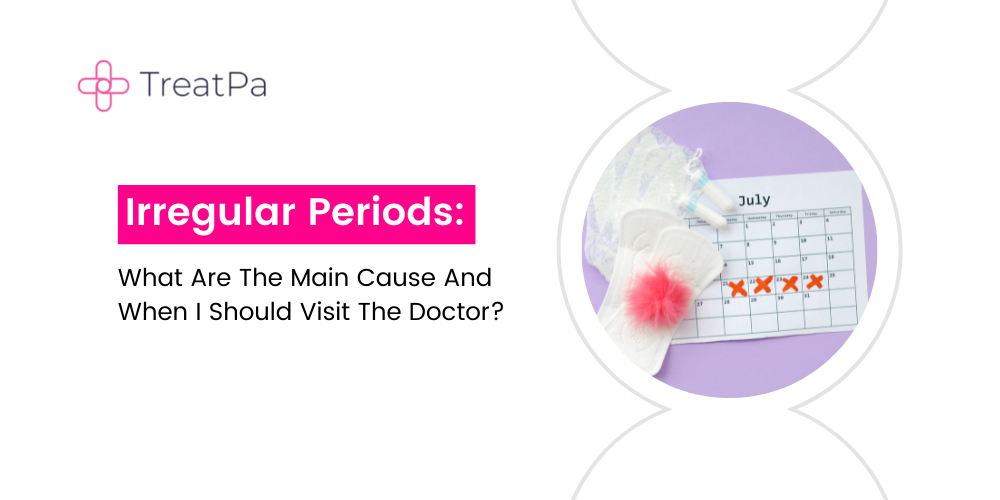An ACL tear is a sprain or tear of the anterior cruciate ligament. This is one of the strongest ligaments that connects your thigh bone (femur) to your shinbone (tibia). Most of the people hear a popping sound or sensation when the ligament tears. Your knee swells and pain becomes unbearable as the knee cannot bear any weight.
Causes:
Ligaments are solid groups of tissue that associate one unresolved issue. The ACL, one of two ligaments or tendons that cross in the knee, associates your thigh bone to your shinbone and settles your knee joint.
- Upper leg tendon wounds frequently occur during sports and wellness exercises that can put weight on the knee:
- Unexpectedly dialing back and altering course (cutting)
- Turning with your foot solidly planted
- Landing clumsily from a leap
- Halting unexpectedly
- Getting a hard impact to the knee or having a crash, for example, a football tackle
- At the point when the tendon is harmed, there is typically an incomplete or complete tear of the tissue. A gentle physical issue might extend the tendon however it leaves intact.
Complications involved:
Individuals who experience an ACL injury have a higher danger of creating osteoarthritis in the knee. Joint inflammation might happen regardless of whether you have a medical procedure to recreate the tendon. Different factors probably impact the danger of joint pain, like the seriousness of the first injury, the presence of related wounds in the knee joint or the degree of movement after treatment.
ACL Surgery:
Leg tendon recreation medical procedure utilizes a unit to replace the tendon. The most well-known unions are autografts utilizing part of your own body, like the ligament of the kneecap (patellar ligament) or one of the hamstring ligaments. At times the quadriceps ligament from over the kneecap is utilized. Another decision is allograft tissue, which is taken from a donor.
Fixing a medical procedure normally is utilized uniquely on account of a separation crack (a division of the tendon and a piece of the bone from the remainder of the bone). For this situation, the bone section associated with the ACL is reattached deep down.
Leg tendon medical procedure is normally done by making little cuts in the knee and embedding instruments for a medical procedure through these cuts (arthroscopic medical procedure). At times, it is finished by cutting a huge incision in the knee (open a medical procedure).
After Surgery Care:
After the anterior cruciate ligament (ACL) medical procedure, move your lower legs all over a normal multiple times like clockwork. Proceed with this activity for a few days to assist with blood circulation and to prevent blood clumps from forming in your legs. On the off chance if you experience pain towards the rear of your calf, tell your primary care physician. This could be an early sign of clots.
Keep your leg elevated: Keep your worked leg raised to at least a 45-degree point. Prop your leg on pads or cushions so your knee is no less than 12 inches over your heart for the initial three to five days after medical procedure. Keep your leg raised if your knee grows or pulsates when you are physically functional on supports. Try not to put pads behind your knee since this cutoff points movement of the knee. Place pillows or cushions under your heel and calf.
Start Slow: Gradually start bending your knee. Fix your leg and curve your knee. In the event that is important, place your hands behind your knee for help bending your knee. The objective is to accomplish a scope of movement of 0 to 90 degrees when you return for your first postoperative visit seven days after medical procedure.
You might have to wear special stockings to assist with preventing blood clumps from forming. Your doctor will likewise give you activities to keep the blood moving in your foot, lower leg, and leg. These activities will help bring down your risks for blood clumps.
You may be provided with crutches when you return home. You might have the option to start putting your full weight on your fixed leg without crutches 2 to 3 weeks after medical procedure, only with your specialist consent. In the event that you had work on your knee notwithstanding ACL remaking, it might take 4 to about two months to recapture full utilization of your knee. Ask your specialist how long you should be on crutches.
You may likewise have to wear special knee support braces. The braces will be set so your knee can move just a specific sum toward any path. Do not try to change the settings on the support yourself.
Physical therapy usually starts around 1 to about fourteen days after medical procedure, anyway you can do some straightforward postoperative knee practices following a medical procedure. The duration of physical therapy might last 2 to a half year. You should restrict your action and development while your knee bends. Your physical specialist will give you an activity program to help you develop strength in your knee and stay away from injury.
Remaining active and developing strengthen the muscles of your legs will assist with speeding your recovery. Getting full scope of movement in your leg after a long medical procedure is important. Ensure to take the recommended prescription given by your doctor.
Try not to put much weight on your knee. Use of wheelchair or cruces is mandatory until your orthopedic doctor says so. Do not try strenuous activities like walking, running, and swimming immediately. Wait till your doctor confirms.
Prevention of ACL:
Proper training and exercise can reduce the risk of ACL injuries. Training to strengthen the core and the muscles of legs, hips, and core can help prevent ACL injuries. Similarly landing and jumping techniques have to be improved for a safe sport. Consult a sports physician who can give you a better understanding and idea about ACL injuries and help you reduce the risks of facing one.






